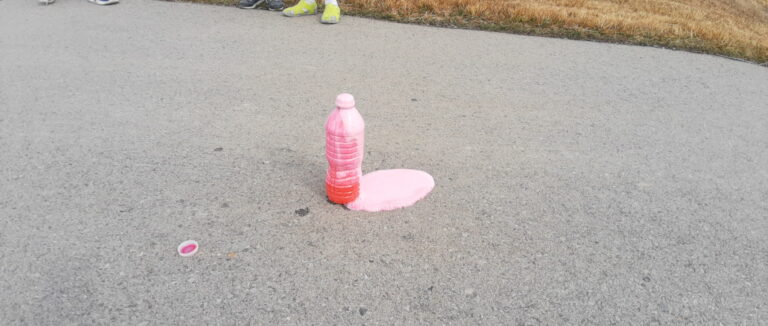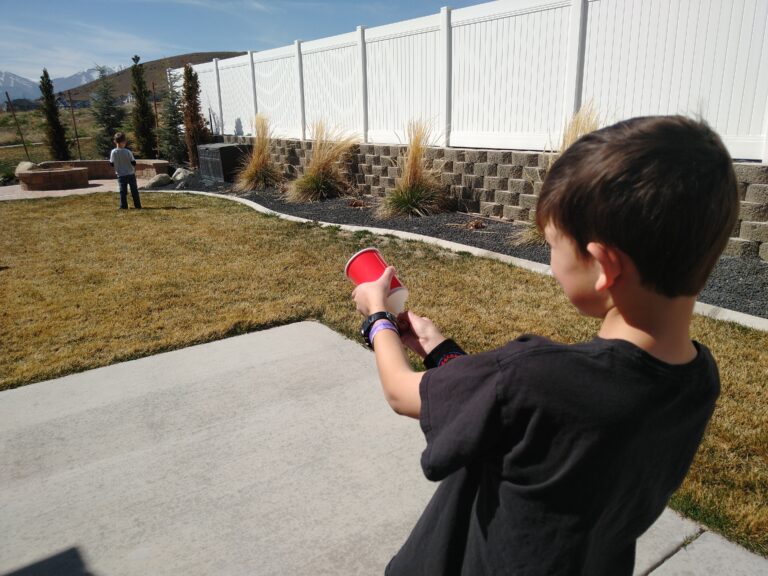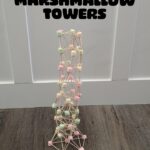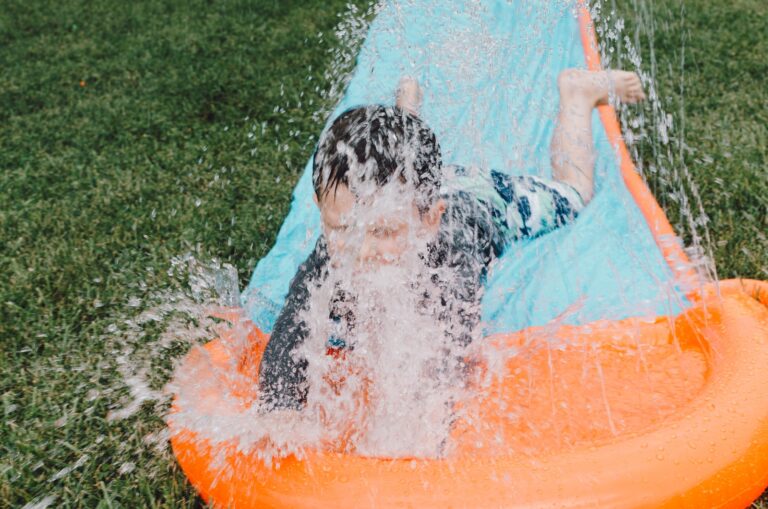Cloud in a Jar
This cloud in a jar activity is perfect as an introduction to the water cycle because it easily teaches children the steps in the water cycle. It is pretty amazing to watch the cloud form in the jar and then take the lid off and see the cloud escape. My kids had lots of oohs and aahs! Learn what clouds are actually made from through the cloud in a jar activity!
Cloud in a Jar Lesson Plan

Objective-
The student will learn about the water cycle by observing and creating a small cloud.
Materials-
- A jar with lid (we used a mason jar)
- About 1/3 cup hot water
- Ice
- Hairspray (aerosol)

Vocabulary-
- Evaporation- The process by which a liquid changes into a gas or vapor.
- Condensation- The process by which a gas changes into a liquid.
- Precipitation- Water is released from clouds in the form of rain, snow or sleet, etc.
Cloud in a Jar Background Information-
The water cycle is the movement of water on, above and below the earth. It is a continuous cycle that gives life to our planet.
The water cycle is powered by the sun. The sun heats up water on the earth. The water then evaporates and turns into water vapor. Water vapor is a gas and rises into the sky. When the water vapor is cooled down it condenses. A cloud is formed when water vapor has something, like dust particles, air pollution, pollen, etc. to condense onto. When the cloud becomes too full of water the water falls from the sky as precipitation (rain, snow, sleet, hail etc.)
How does the cloud in the jar experiment work? When you add warm water to the jar some of the water will change into water vapor. Water vapor rises. As it rises in the jar it will meet the cold air (the lid with the ice on top.) When the water vapor is cooled down it condenses. A cloud can only form if it has something to attach to. By removing the lid and spraying the hairspray we create particles for the water vapor to attach to. This is when you will start to see a cloud form. Open the lid and watch the cloud escape.
Lesson Discussion-
Today we are going to learn about the water cycle.
What do you already know about the water cycle?
Watch this video to learn about how evaporation, condensation and percipitation work together.
After the video ask the students: What is evaporation? What is condensation? What is precipitation? Discuss each vocabulary word.
What is the source that powers the water cycle? Answer- the sun.
Water is heated up by the sun and turns into water vapor. Water vapor rises. It cools down as it rises. A cloud is formed when water vapor condenses and attaches to particles in the air, like dust, air pollution, pollen, etc.
Today we are going to make our own cloud using the same principles.
Cloud in the Jar Experiment-
Step 1-
Fill the jar with 1/3 hot water

Step 2-
Put the lid on top, cover the lid with ice.

Step 3-
Watch and wait 20-30 seconds. Watch for the water to condese.
Step 4-
Quickly take off the lid and spray the hairspray into the jar.
Step 5-
Quickly replace the lid. Wait 20 or 30 seconds.
Step 6-
Remove the lid and watch the cloud quickly escape!
Note- If you have a large class or group, it may be hard for them all to see. You need to be close to the jar to see it and it only lasts for a few seconds. It works best with small groups. The cloud will escape and disappear quickly. We found it was easier to see it, if there was something dark behind the jar.

Conclusion-
What did you notice about the cloud?
What made it harder/ easier to create the cloud?
Check out these other STEM lessons!
Be sure to check out some of these other fun lessons!







